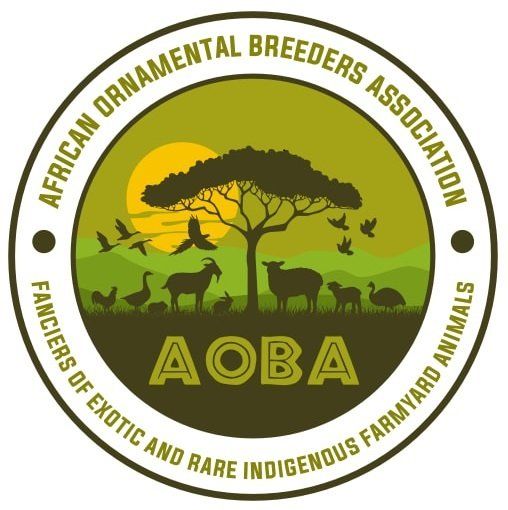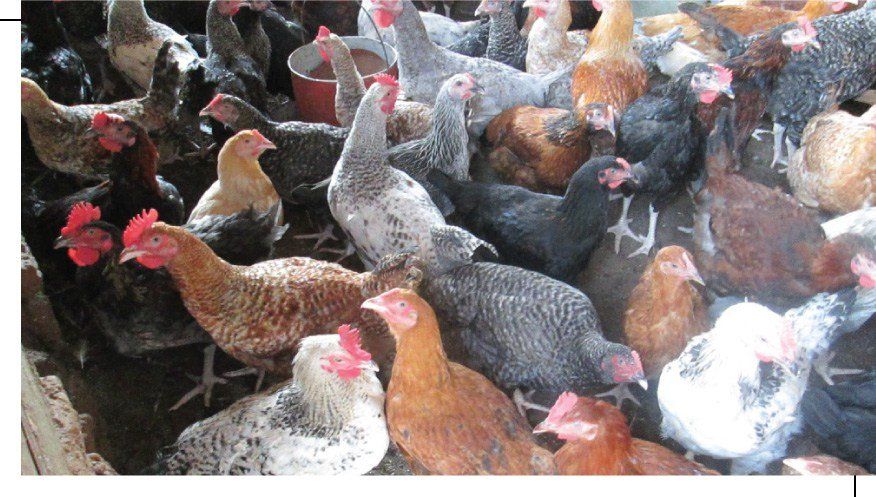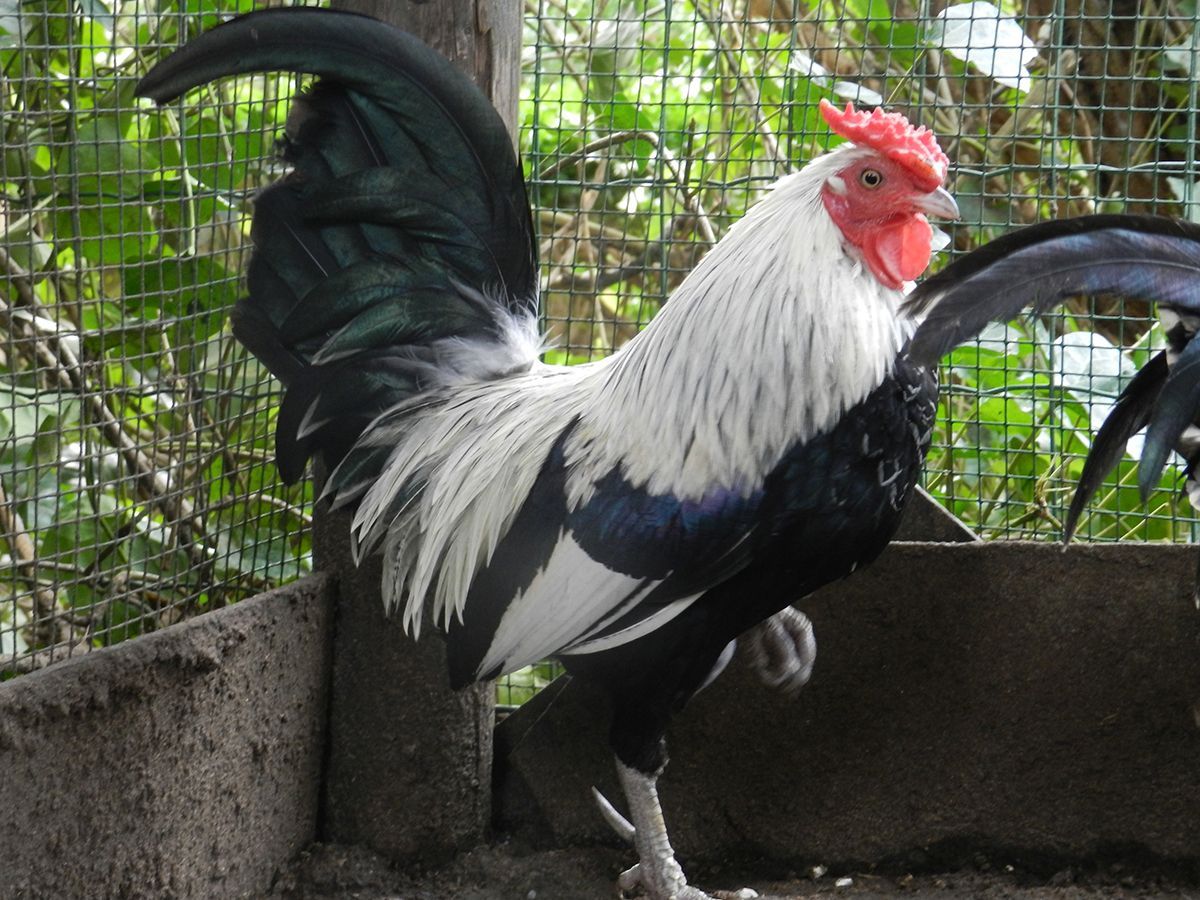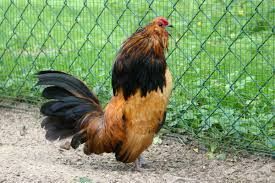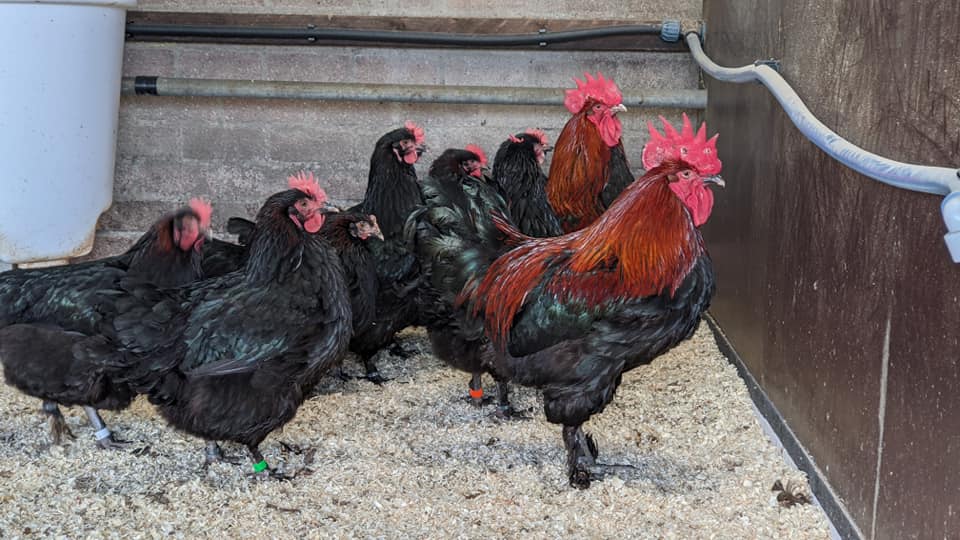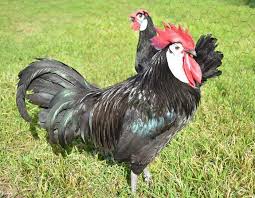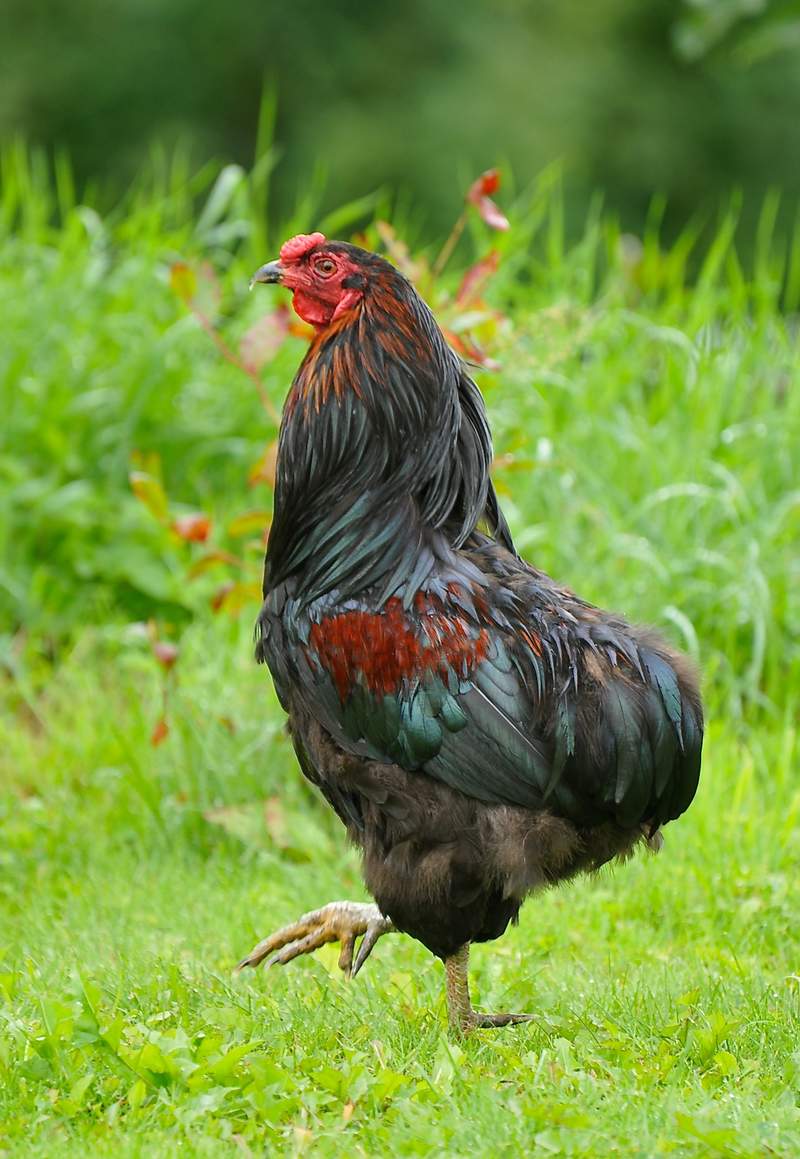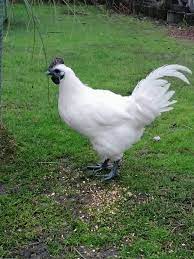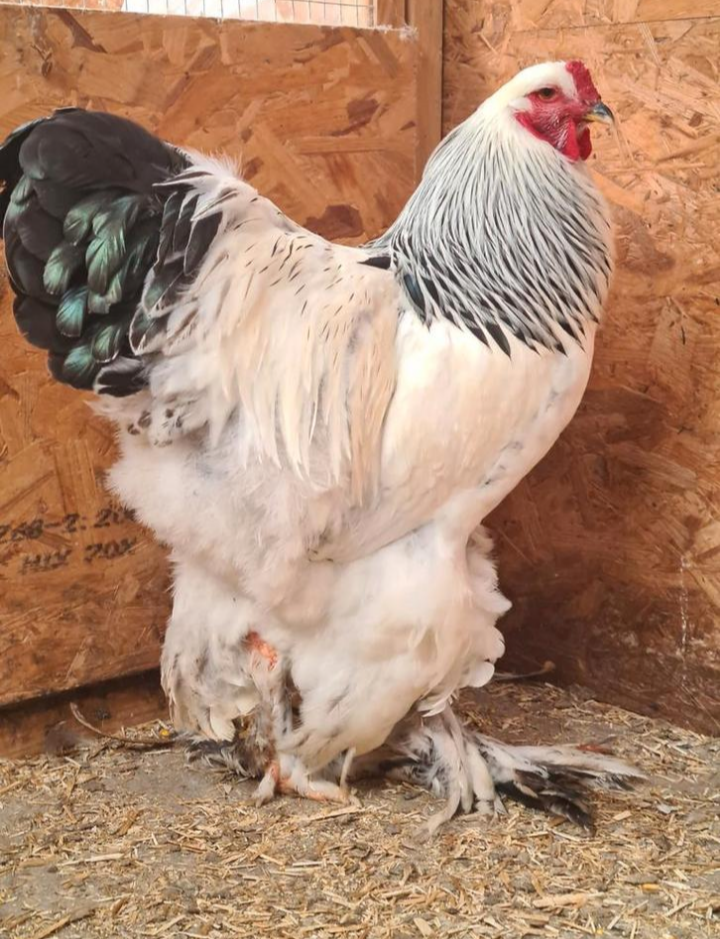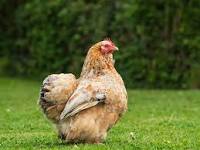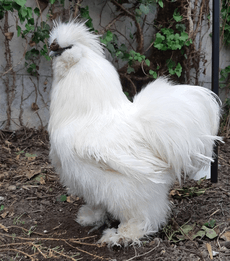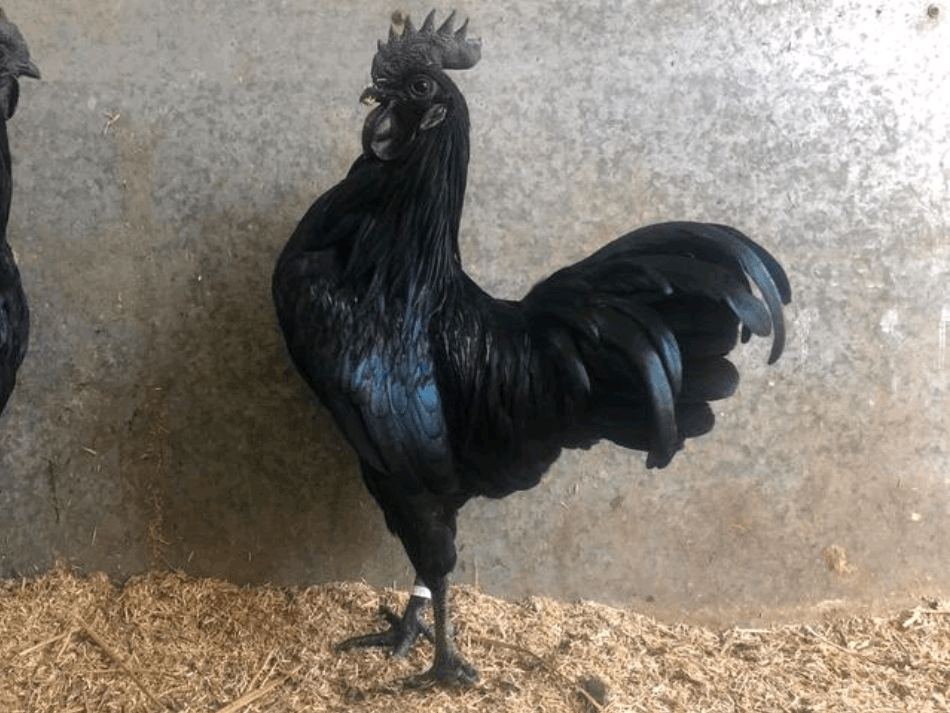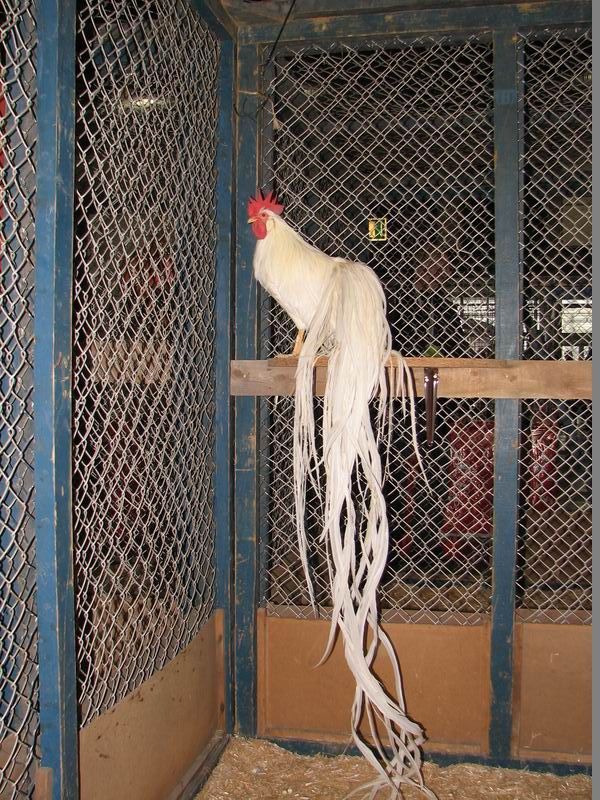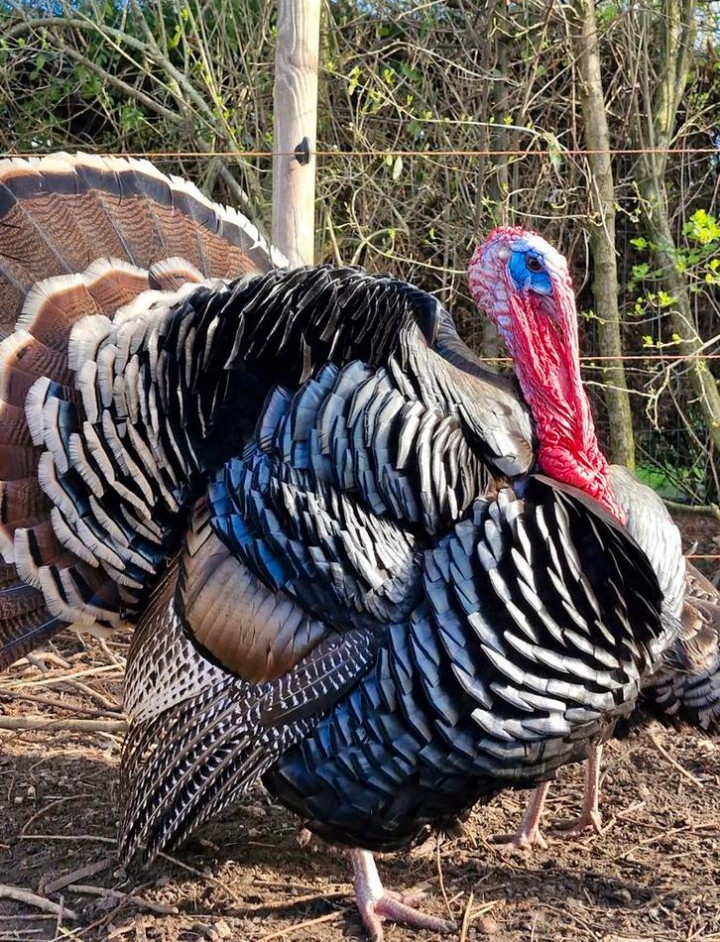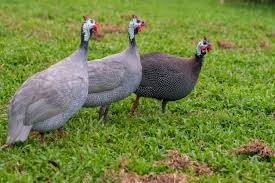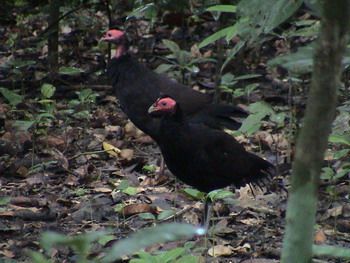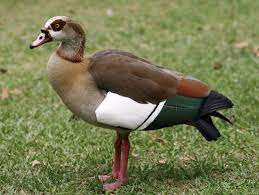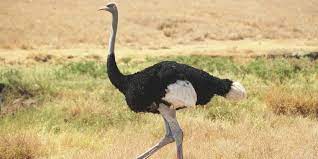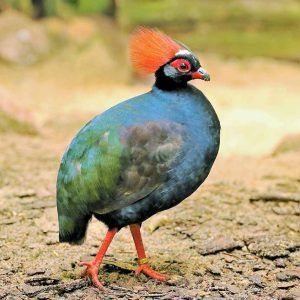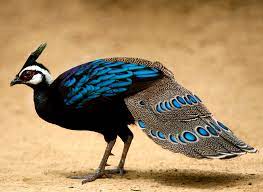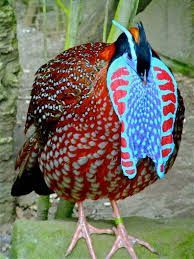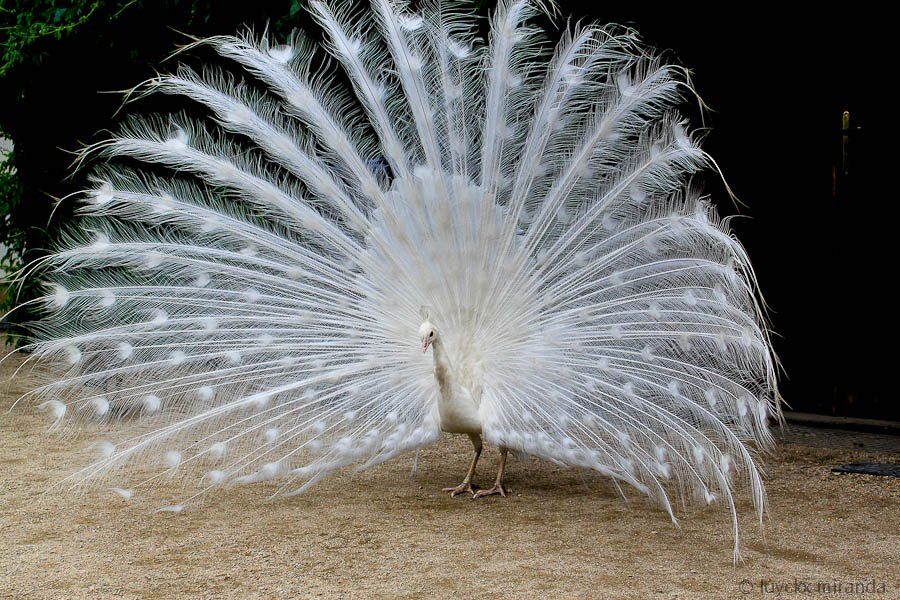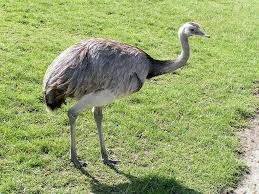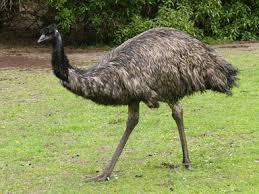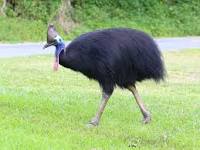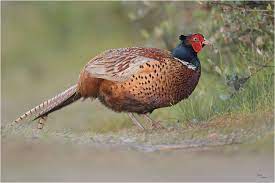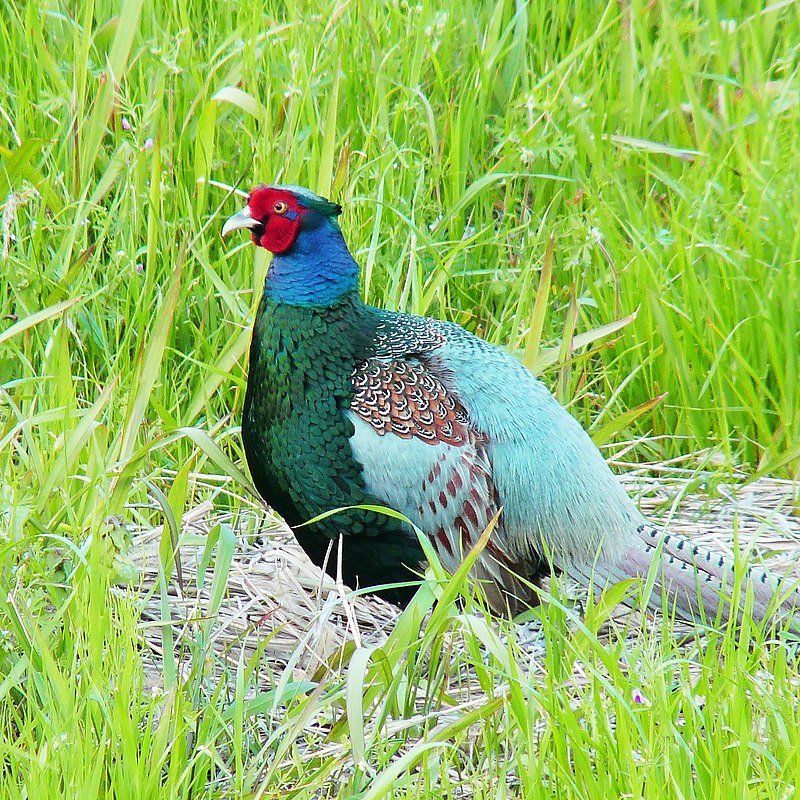AOBA Bird collection.
There are hundreds of poultry breeds in the world. And among our members you can get indiginous, aswel many breeds imported from Europe and Asia. We at AOBA also breed a number of breeds & species. Below you will find a list of our collection.
Farmyard birds
African Living Heritage
Preserving the Egyptian "Fayoumi" a truly ancient chicken breed.
Probably the most resistant chicken breed in the world. Their hardiness and resilience are legendary.
Also called Bigawi / very old and rare Egyptian breed that belonged to the Bishari tribe of the Bejas (an ethnic group in Sudan, Eritrea and Egypt) / known to be particularly resistant to viral and bacterial infections / shows similarities with the Belgian Campine, a breed that is possibly descended from a Fayoumi-like chicken brought to Northern Europe by the Romans.
Exotic Farmyard Birds (American, European & Asian)
Gamebird collection
African Game Birds
Exotic Game Birds (North American, European & Asian)
